Apple vinegar, easy to make, healthy to drink
Polska wersja, kliknij tutaj – zapraszam na blog mojej koleżanki Joasi, która dogłębnie opisała proces robienia octu jabłkowego po polsku.
The one thing I really love about my garden (among many things) is the two apple trees.
The last year’ harvest exceeded our expectations. We have been enjoying healthy fruits throughout the entire autumn, winter and even the spring. Everything has to come to an end so did our apples. The last ones I used for homemade apple vinegar last week.
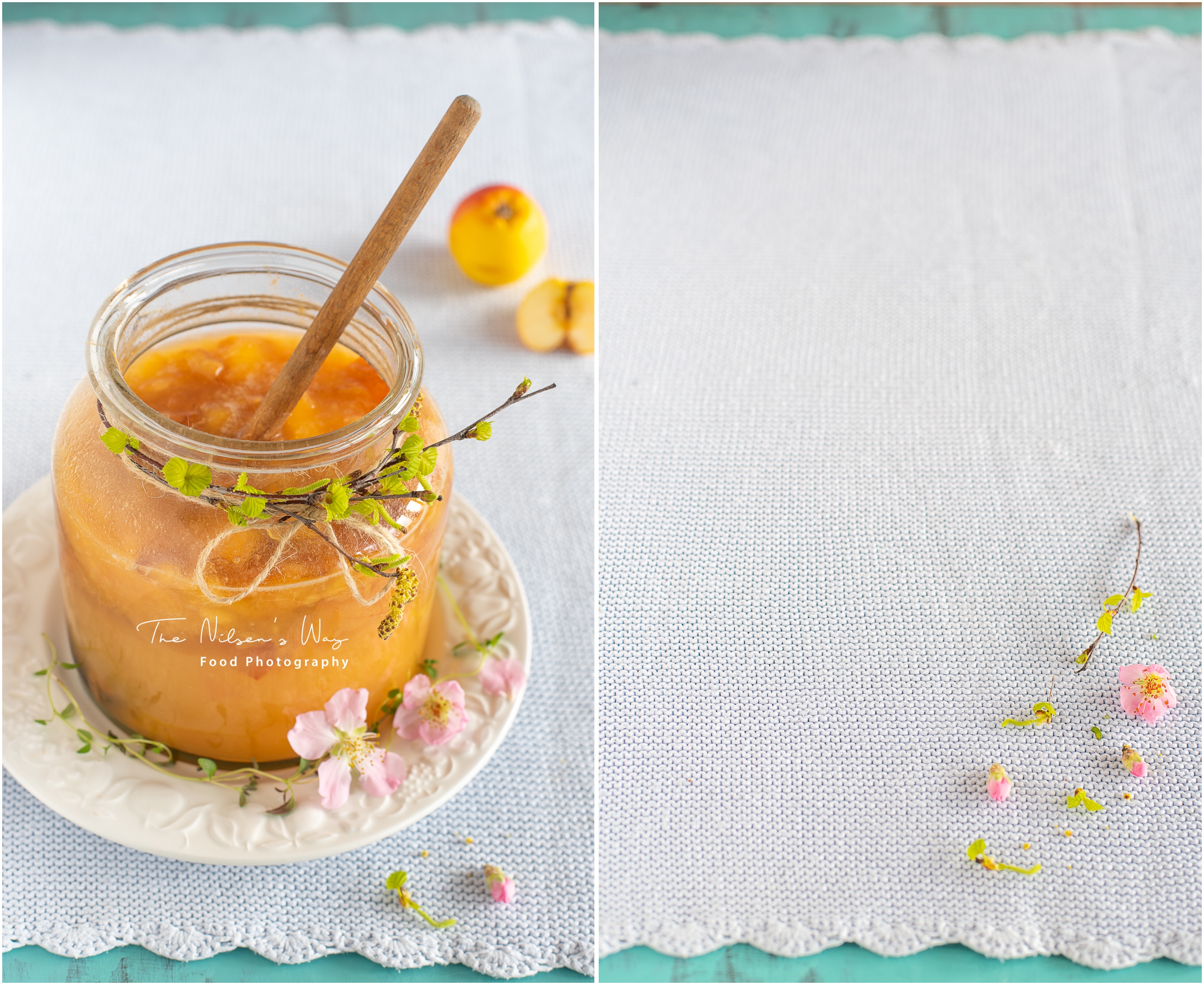
Fermentation is the key word in this post.
I have been wanting to make my own kombucha for quite some time now. It turned out to be a little complicated but I am not giving up yet, I haven’t said my last word. I decided to make apple vinegar instead. It looked achievable and I had my own organic apples.
I think the word ‘vinegar’ is misleading here. It’s not the type of vinegar we buy at the store and that has confused me since the first time I heard about it. I thought it was like a real vinegar, strong and very sour but it’s not. This one is lighter, not so sour, it’s fermented and you can basically drink it straight from a bottle something you most probably wouldn’t do with the store vinegar. I think the name ‘apple cider vinegar’ is more accurate.
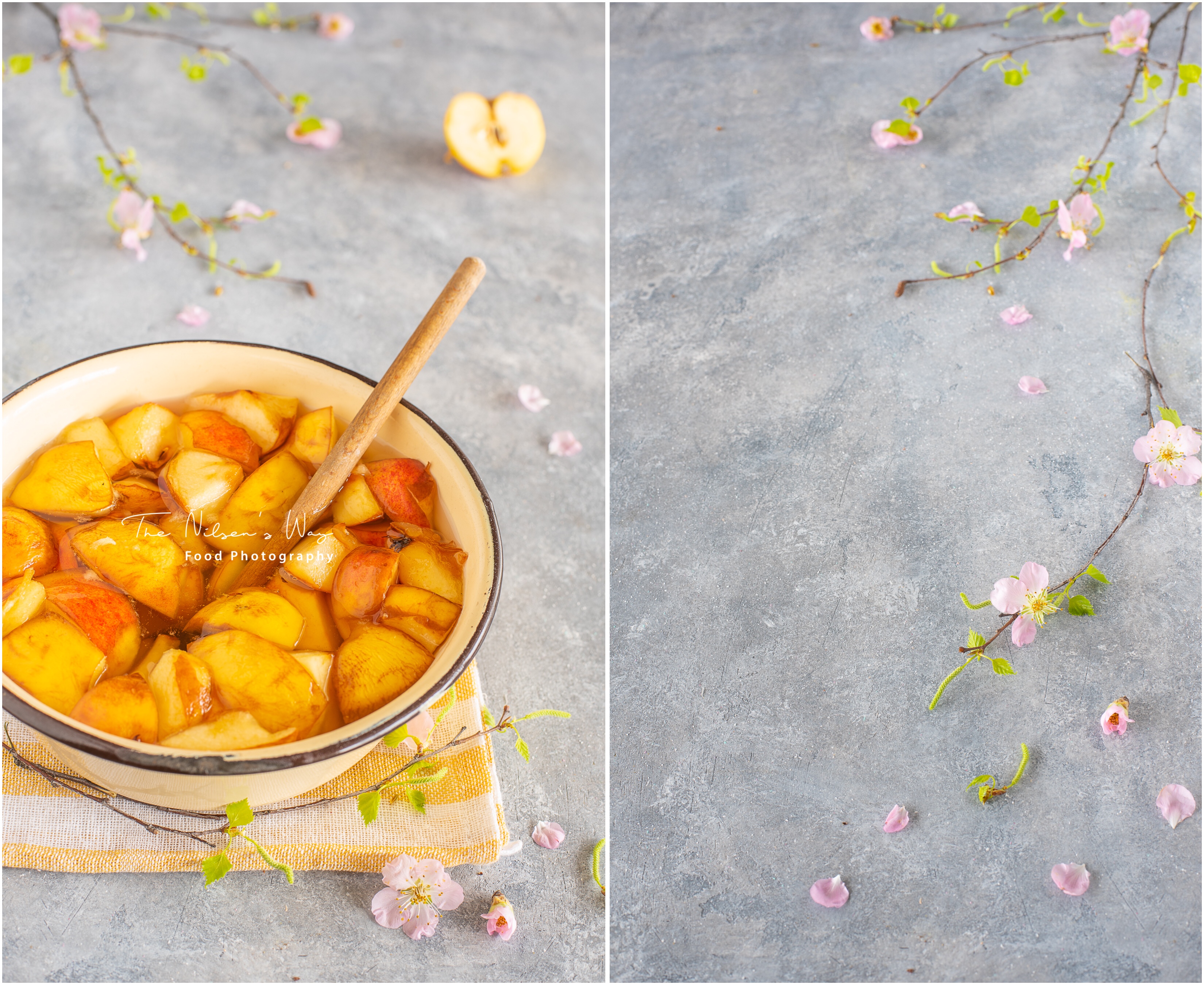
What’s so healthy about apple cider?
People report that apple cider vinegar helps with weight loss, reducing bad cholesterol and lowering blood sugar, among other benefits. In addition to taking it internally, it is wonderful for the skin. When added to bath water, it helps to naturally restore balance to the skin’s pH. It also helps kill bacteria and fungus. Because of its great pH balancing benefits and dandruff preventing abilities, it makes a great hair rinse that replaces conditioner and can be used after shampooing.
I grew up in Poland and for those who don’t know, sauerkraut which we make in the autumn, is a Polish tradition, one can say its part of polish culture. Polish people are definitely used to the process of fermentation and enjoys it’s benefits. More often now, when I approach my 40th birthday, I keep thinking about my childhood, how healthy we use to eat. Every year in the summer my mom was making preserves for the winter. We had lots of jars in our cellar: strawberry jam, cherry juice. In the autumn every household prepared its own sauerkraut. We kept our in a big barrel.
Year by year, as we could afford to buy more, we started eating less and less of the homemade preserves for the benefit of the food that was accessible at the stores. It looked more appealing, the color was fresh, the consistency looked also better, so we thought. New trend that I see all over Norway (probably in other countries too) of making ones own food is slowly coming back. I definitely pay more attention to what I eat and drink. If I can make or grow my own food, I will most definitely do so.
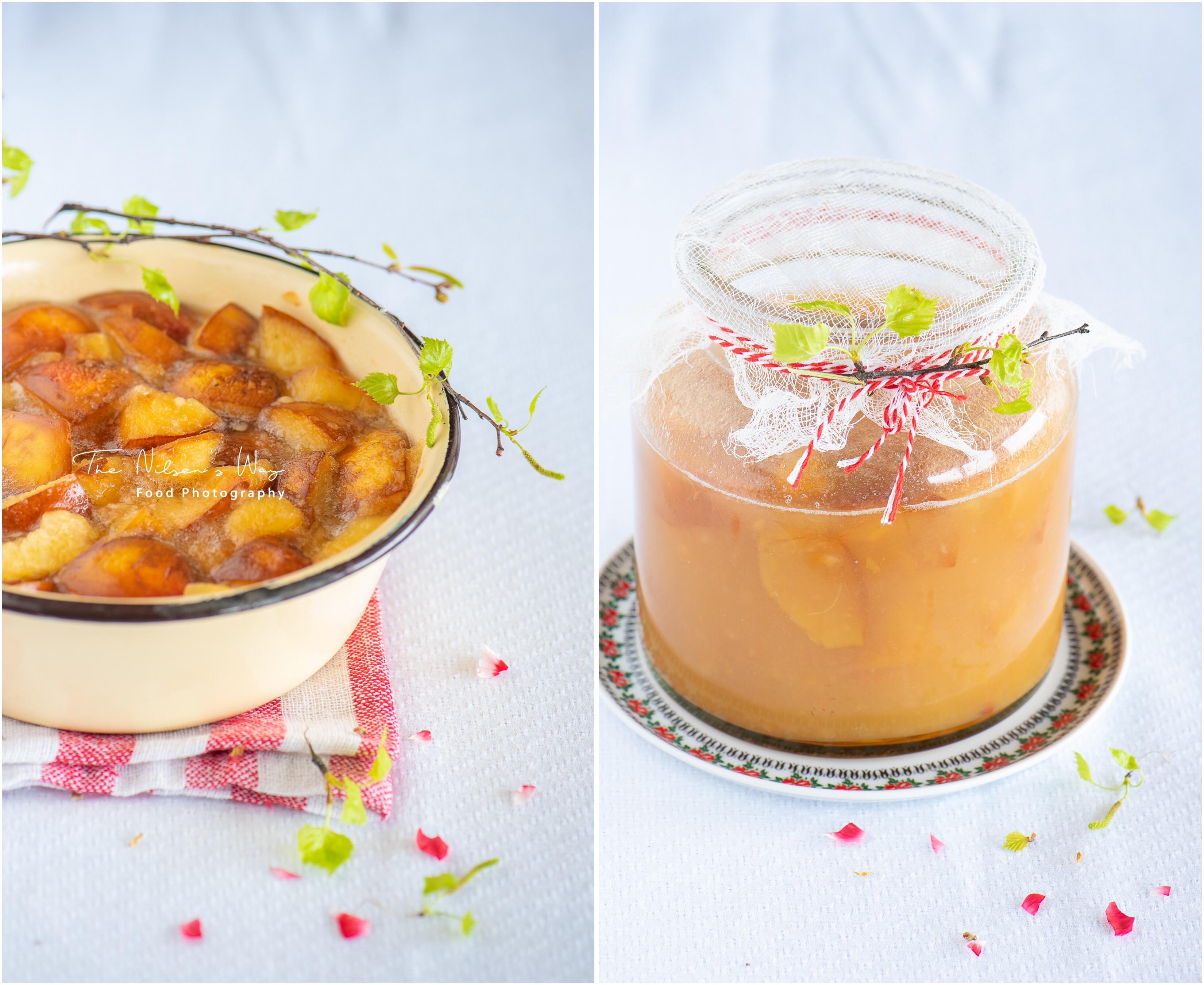
It has never been my thing to be scientific in regards to the process of fermentation. I won’t start now. All you need to know is accessible online. Keep in mind that it involves your health so please be careful how much you drink it. If you have any concerns, contact those who you go to for medical advice.
I am writing here about my own experience which is still quite young.
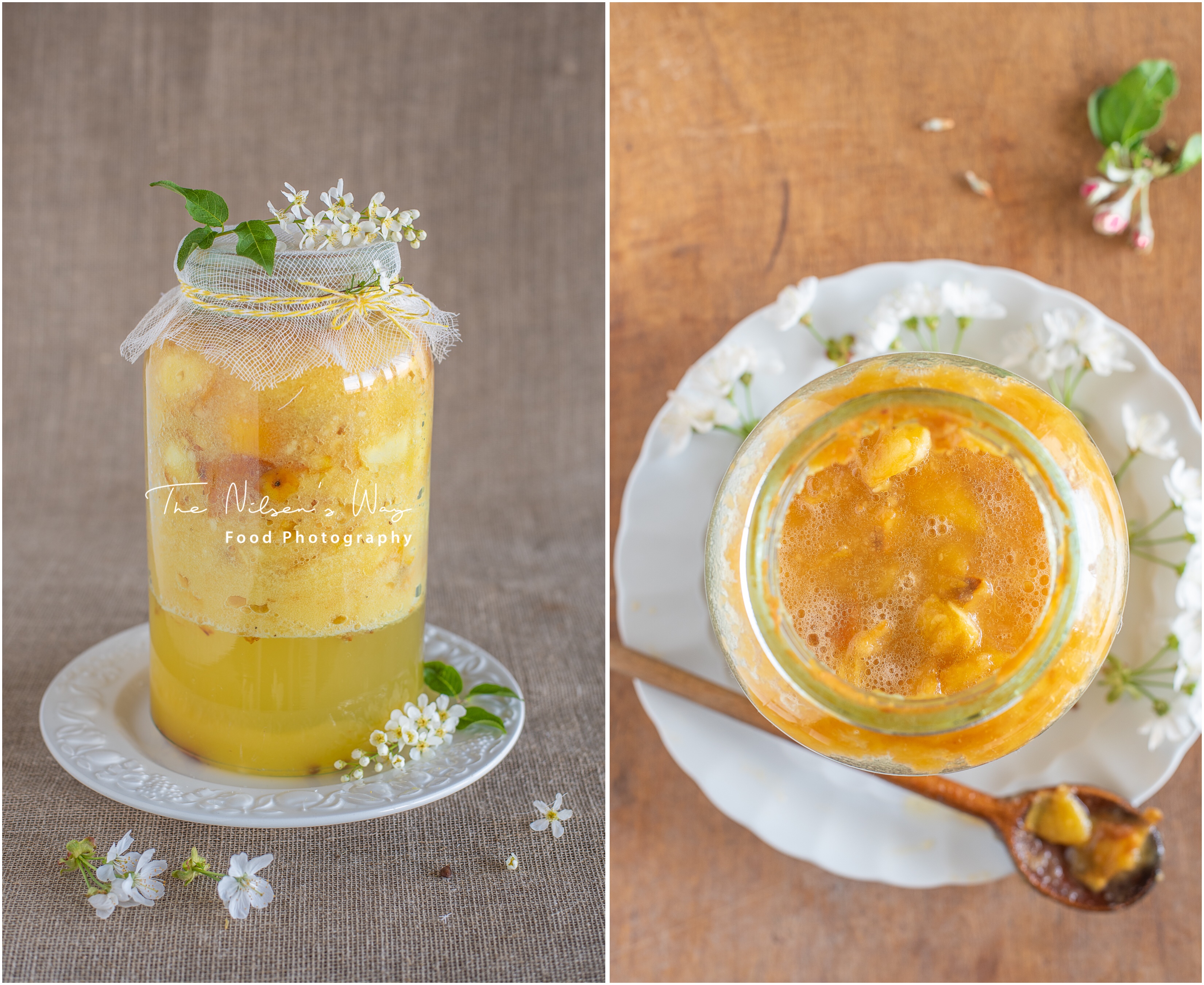
Recipe, dosage and how to use it
This type of food or drinks are rich in natural probiotics, the best friends to our colon. It is made through the process of fermentation and is high in phosphorus, magnesium, potassium, and calcium.
To make apple cider vinegar you need:
– clean jar,
– white sugar or organic cane sugar,
– water,
– wooden spoon,
– apples – enough to fill your jar ¾ of the way full
– cloth to cover the jar,
– rubber band,
– 4 -5 weeks.
I use one tablespoon of sugar for one glass of boiled and cooled down water.
Instructions:
1. Clean your jar very well and let it dry
2. Fill the jar ¾ full with apple scraps. If you are using whole apples, roughly chop them up before you put them in the jar. Remove the stems.
3. Boil water and cool it down. Dissolve the cane sugar into water and cool it down. One tablespoon of sugar for one glass of water.
4. Pour cooled down sugar water over the apples until they are completely submerged.
5. Weigh down the apples. Any apples that are exposed to the air could mold.
6. Cover the jar with the cloth and secure with the rubber band.
7. Store in a dark place at room temperature.
8. Fermentation can take up 5 weeks depends on the types of apples you use or the amount of sugar. Check on it every day, even twice a day to make sure the apples are staying under the water and to make sure no mold is growing.
9. When you see your apples fall down in your jar and there is no white scum (air bubbles) while stirring, your apple cider vinegar is ready.
10. Strain it. Keep your mixture in a clean bottle. I store it in the fridge.
Important:
1. To make apple cider vinegar you need sugar. That’s how you “feed” the bacteria, but most (if not all) of the sugar is fermented out. Because the sugar is broken down, there really isn’t anything to be concerned with.
2. Make sure all of your equipment and your jar are very clean. It is important to make sure you don’t introduce any bacteria other than what is naturally occurring in the process.
3. You can use any types of organic apple. Moreover after baking an apple pie, you might have some peel leftover. Don’t throw it away. Use it to make apple cider vinegar. You can also use the seeds, the peel but you shouldn’t add the stem to your mixture. If you can’t find organic apples, peel them first before making apple cider vinegar.
4. White scum will form on the top. This is normal. Mold, however, is not good and will spoil your apple cider vinegar. Be sure that the apples stay submerged under the water. This will help prevent mold.
5. Cover your jar with some cloth, flies love apple cider vinegar. However, it needs to be able to breath and release gasses created from the fermentation process so do not use a solid lid.
6. Most of the apple cider vinegar you find at the store is pasteurized. These still work well for cleaning but they are not optimal for internal uses because most of the benefits are gone once the “mother” is filtered out and the vinegar is pasteurized. It is recommended to use organic, unfiltered apple cider vinegar with the “mother.” When you make your own mixture you can be sure that your vinegar retains this beneficial “mother.”
The best way to incorporate apple vinegar into your cooking is to make salad dressings and that sort of thing. I mix it with water and drink it every morning before breakfast. Common dosages range from 1–2 teaspoons (5–10 ml) to 1–2 tablespoons (15–30 ml) per day.
I am just starting my adventure with apple cider vinegar but I have read that while drinking it is associated with health benefits, consuming large amounts every day for many years can be dangerous. I drink one table spoon once a day. I will continue for 3 months, then I will take a break till October.
Keep in mind that vinegar’s acidity may also damage tooth enamel with regular use. Drinking through a straw and rinsing your mouth with water afterward can help prevent this.
As usual let me know if you like my post and don’t be shy and share your photos if you made the mixture.
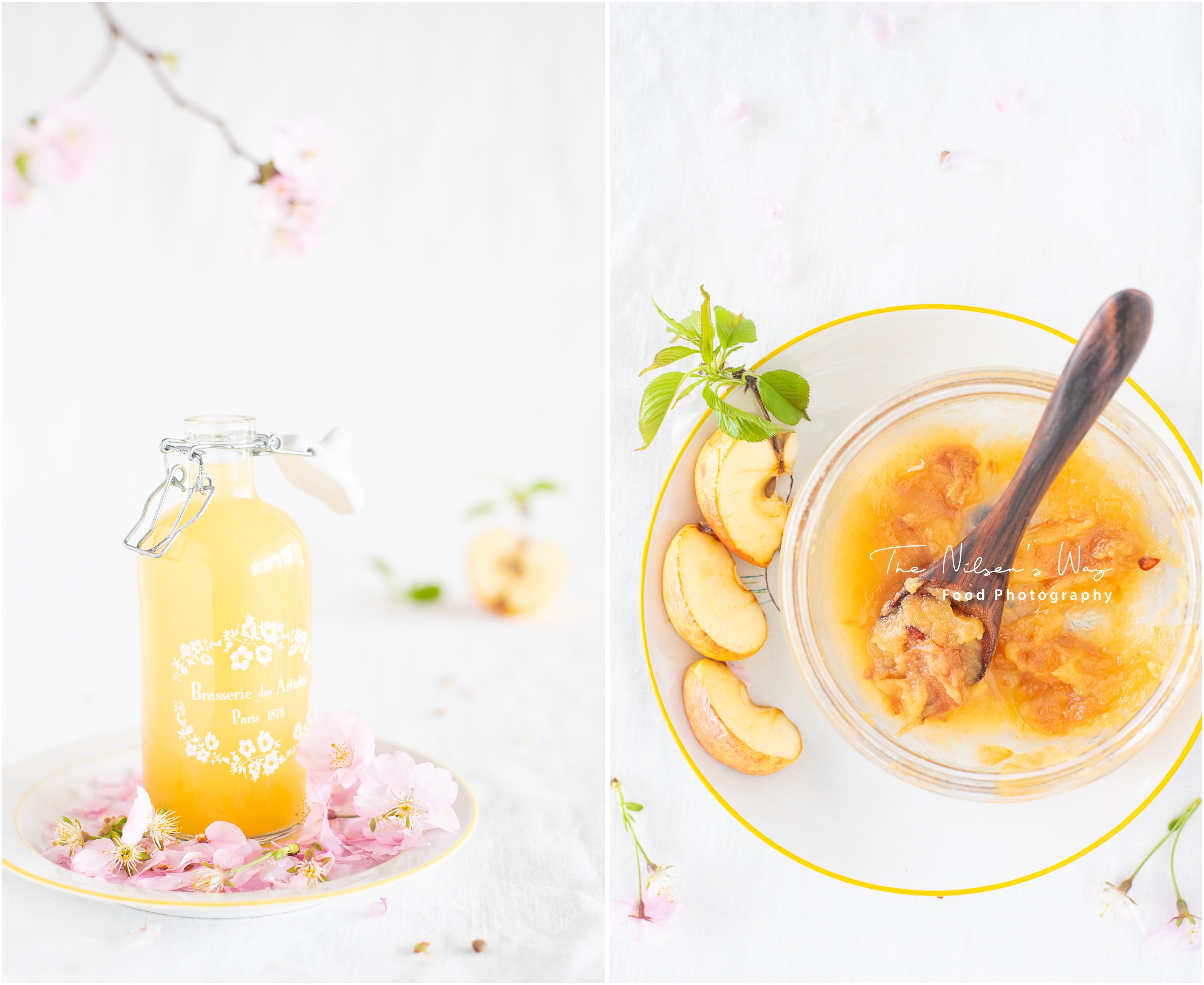



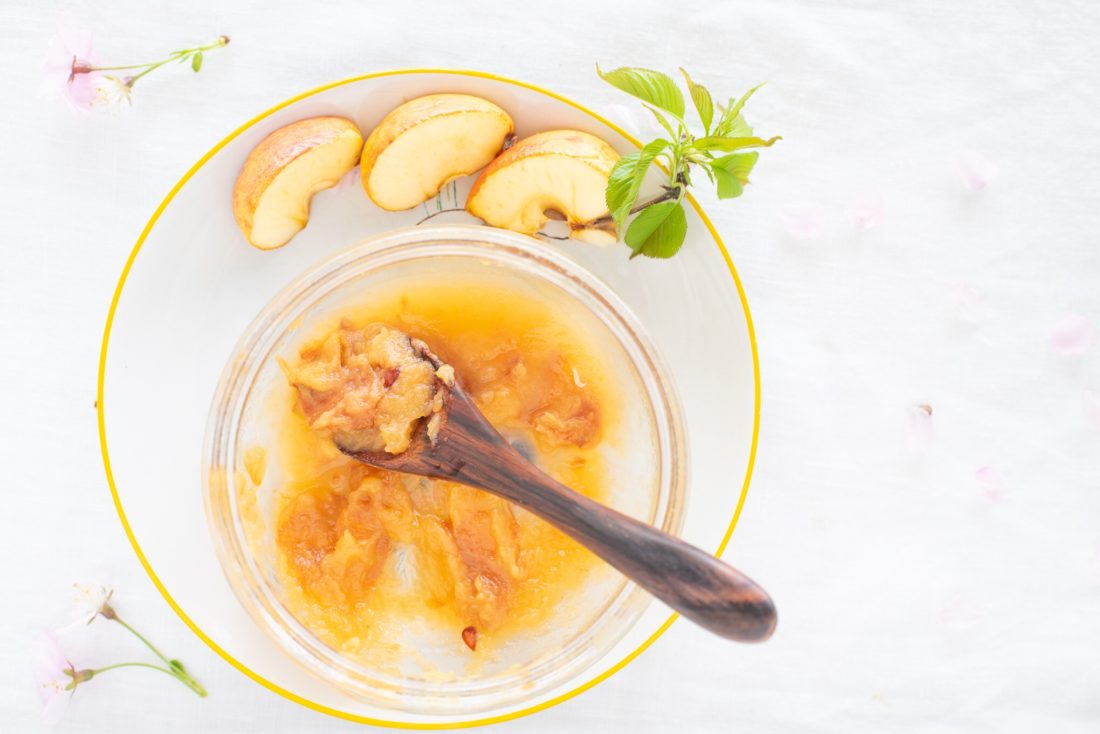
No Comments